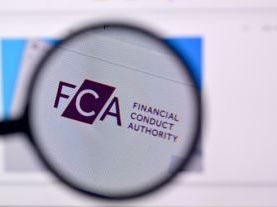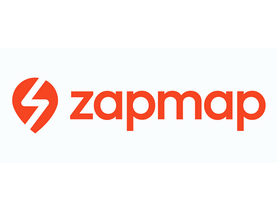HMRC has provided further guidance on its new VAT accounting rules, which deal with situations where the amount paid changes after VAT has been accounted for.
An example of this is when a leasing company credits a customer in respect of a pooling review or excess mileage calculation and the customer (if VAT-registered) recovers the additional input tax, subject to the normal rules.
HMRC published a briefing in July 2019 explaining the changes, which took effect from 1 September 2019. BVRLA members had flagged an issue with the new rules, which stipulate that credit notes show any invoice numbers and dates associated with them. In the case of an excess mileage calculation or pooling review, the adjustment being credited would relate to all the previous lease rentals charged on a group of vehicles. In situations where a customer has been invoiced for monthly lease rentals on multiple vehicles, this could result in dozens or even hundreds of invoice numbers and dates being included on a subsequent credit note. This would be administratively onerous for the leasing company and the customer would not want to receive this amount of additional information with their credit.
HMRC has now clarified that it will accept multiple invoices to be covered by a single entry on a credit note:
“Where sequential, invoice numbers can be referred to as, for example, 126-172. Where invoices cover a particular timespan, there can be a reference to invoices issued between one date and another.”
It has also provided more detail on the purpose behind the new rules:
“The reason for the inclusion of Regulation 15C(6)(e) is that the invoices which relate to the supply that has had a reduction in consideration can be clearly identified. With that in mind, the key criterion of how a business chooses to group invoice entries on its credit notes revolves around the ability for a visiting officer or similar to identify the relevant credit note to the relevant supply. As long as there is sufficient ability to identify the relevant invoices from the credit note(s) issued, the proposed simplification is likely to be acceptable.”
The BVRLA has updated its VAT guidance accordingly.




